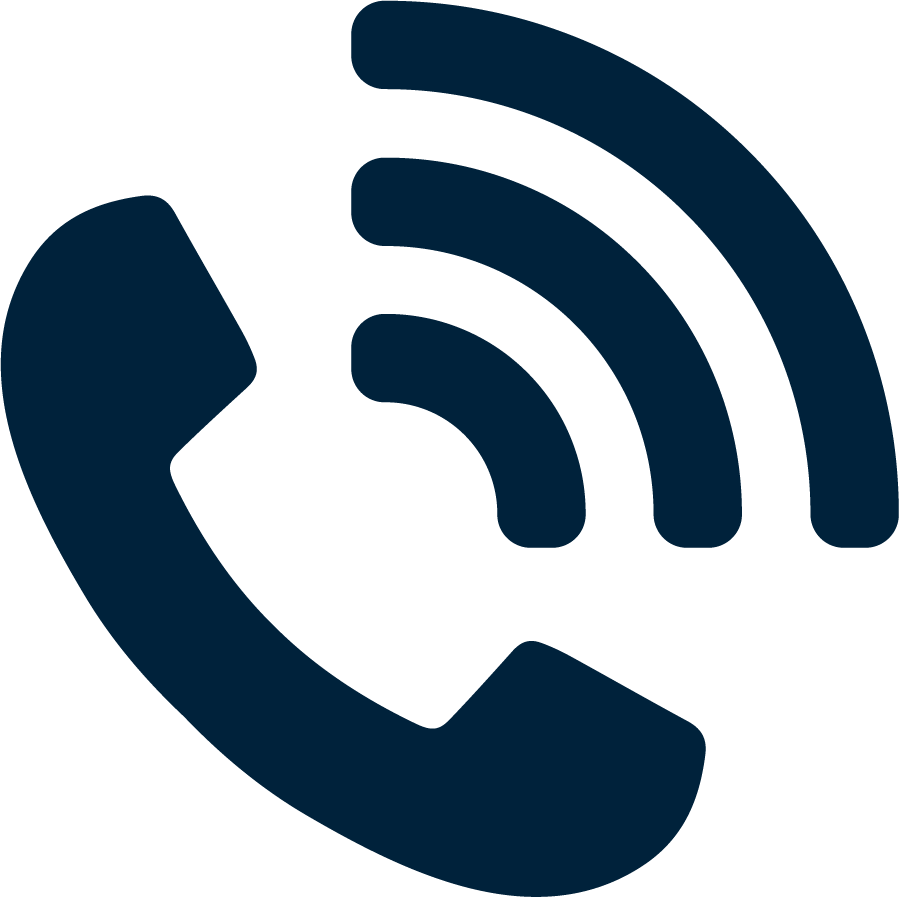Home » LASIK Eye Surgery
The precision and consistency of LASIK is why it has become one of the most sought-after surgeries performed in the world today. The very high rates of improving poor vision due to focusing problems make it a life-altering event for most patients. Being able to assist in that event for our patients is for us at Sun Laser Vision Center both humbling and gratifying.
If you are tired of the fogging, smudging, broken, or misplaced glasses or are tired of the eye-poking and irritation from contact lenses and are ready for a change call Sun Laser Vision Center today to schedule your free screening exam. Take the first step towards experiencing greater freedom from glasses and contacts.
What is LASIK Eye Surgery?
LASIK and PRK are the most commonly performed laser refractive surgeries. These surgeries use laser energy to change the shape of the cornea and properly focus light into the eye. LASIK and PRK are very similar.
In LASIK a two-step laser process is used. In the first step a femtosecond laser is used to make a partial thickness flap of the cornea. The flap is lifted and folded over to the side of the cornea. During the second step an Excimer laser is used to re-contour the cornea. The flap is then repositioned.
In PRK a protective barrier layer of cells on the surface of the cornea is gently removed. The laser energy is then applied directly to the surface of the cornea. A zero power bandage contact lens is temporarily placed over the cornea and over the next 3 to 5 days the barrier cells regrow on the surface of the cornea.
How is LASIK Eye Surgery Performed at Sun Laser Vision Center?
Prior to your surgery multiple imaging devices will be used to measure your degree of nearsightedness, farsightedness or astigmatism. Your cornea also will be imaged. Based on these measurements, your exam and your unique characteristics, we will make a recommendation on whether LASIK or PRK or another vision correction surgery is the ideal treatment for you.
The measurements from the imaging devices are then used to create a customized treatment which is calculated by the iDesign refractive studio system from Johnson & Johnson vision. This is currently the latest technology in wavefront guided laser eye surgery.
Sun Laser Vision Center was the first to introduce the iFS femtosecond laser technology for LASIK and adopt the iDesign imaging system in El Paso. We currently use the STAR S4 IR excimer laser – the latest from Johnson & Johnson Vision. Our team is committed to remaining the leader in vision correction surgery in El Paso and giving our patients access to the most up to date technology available.
Is LASIK Surgery Right for Me?
Having surgery is a highly personal decision for everyone. No one can make that decision for you. However we are here to help guide you. To determine if laser vision correction is likely going to be safe and effective for you, you will have a full eye exam and all of the measurements and imaging tests listed above. Your corneas will be assessed to ensure they have normal structure, thickness and clarity to allow for ideal vision after surgery. Your eyes will be evaluated for other diseases which may reduce the chance for improved vision after surgery. Your medical history and medications taken will be reviewed Your reasons for having surgery and expectations from surgery will also be discussed. If these parameters are all normal and your expectations are realistic, you are likely a good candidate for surgery.
Why Should I Choose Sun Laser Vision Center for My LASIK?
Dr. Foote is a board certified ophthalmologist with over 20 years of experience. We’ve performed thousands of vision correction surgeries at Sun Laser Vision Center. We are committed to patient safety and providing the latest in technology to our patients. We perform the greatest number of different types of vision correction procedures so that we can offer the best procedure to fit your individual needs. Dr. Foote performs your surgery and will evaluate you before your surgery and follow you throughout your recovery. We believe that your surgeon should be involved in every step of your care.
What Happens During LASIK Surgery?
Before your laser procedure, you will be given medication that will relax you. You will also be given topical anesthetics to help numb your eye during the procedure.
At the beginning of the procedure a comfortable plastic or metal device will be placed to keep your eyelids open. A tracker on the laser will monitor your eye position during the procedure. You will see lights from the laser flashing and your vision will blur during the procedure. You will also hear the pulse of the laser during the procedure. Your surgeon will direct you to look at a target to help keep your eyes properly aligned during the procedure. The laser treatment itself is about 30 to 60 seconds for each eye. The entire process usually takes about 10 minutes in the laser operatory.
What Should I Expect After the Procedure?
Immediately after laser surgery your vision will likely be much sharper than usual but not yet perfectly in focus. This is normal. It ordinarily takes about 24 to 48 hours for the vision to sharpen after LASIK and about 4 to 6 days for the vision to sharpen after PRK. The vision during the initial recovery time is still however very functional.
You will be given a list of medications and eye drops to use for the next 2 to 3 weeks after surgery. Most patients are scheduled to return for follow-up at our clinic one day, one week and one month after surgery.
Avoid rubbing your eyes, strenuous exercise, swimming, makeup and lotions after surgery. You will be advised to wear a protective eye shield or goggles at night and sunglasses during the day while outside. Most patients can return to work within a few days to a week from surgery.
It’s normal after laser eye surgery for your eyes to feel scratchy or watery or to have light sensitivity. These side effects are generally temporary and go away within a few hours to a few days from the procedure in most patients. Some pain or discomfort is not uncommon in the first 24 to 48 hours after LASIK and the first 3 to 5 days after PRK. This discomfort is usually controllable with over-the-counter analgesics like Tylenol or ibuprofen.
As with any surgery it is always important to monitor for abnormal signs or symptoms. If you should experience any worrisome vision changes or pain please contact us immediately.
What Are Some Questions People Ask About LASIK Surgery?
Don’t see your question? Contact us if you have more questions.









